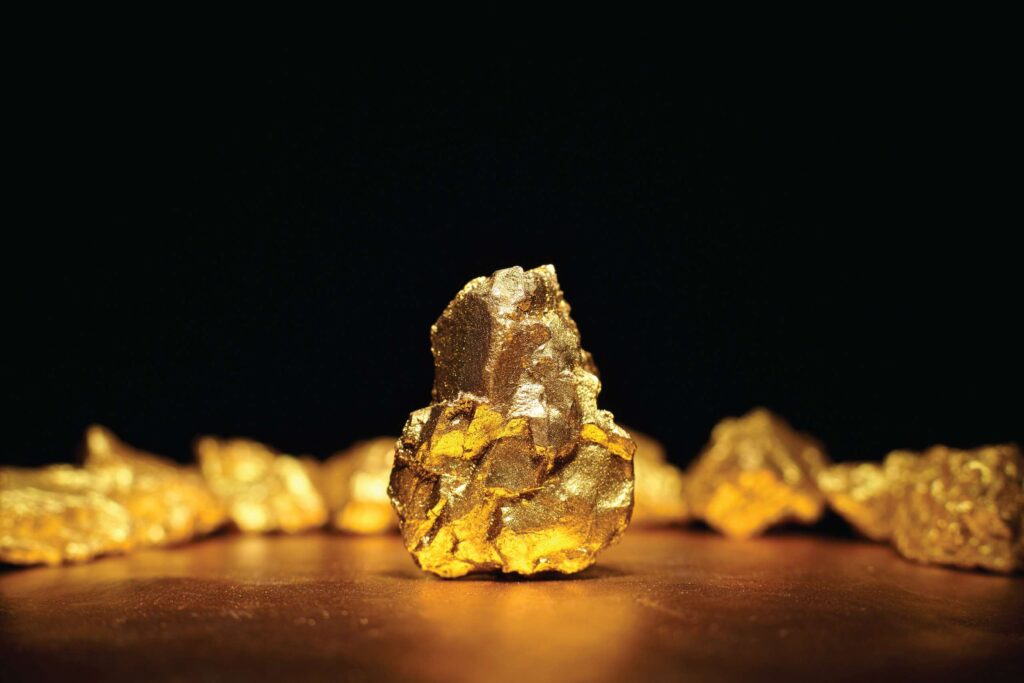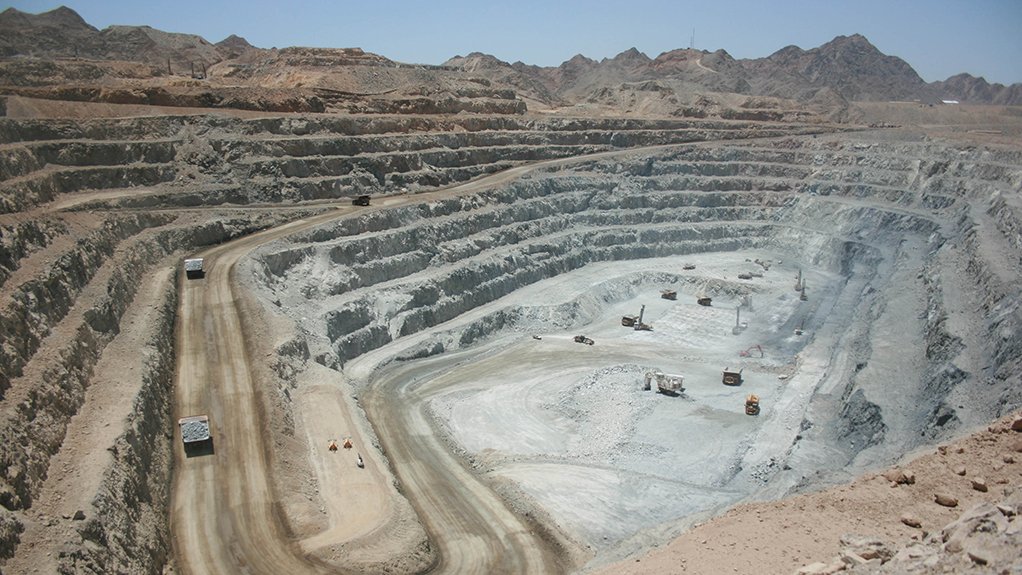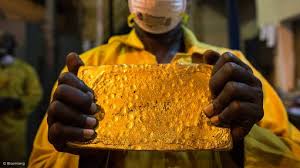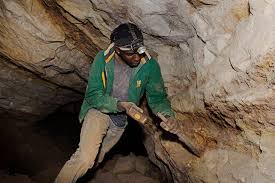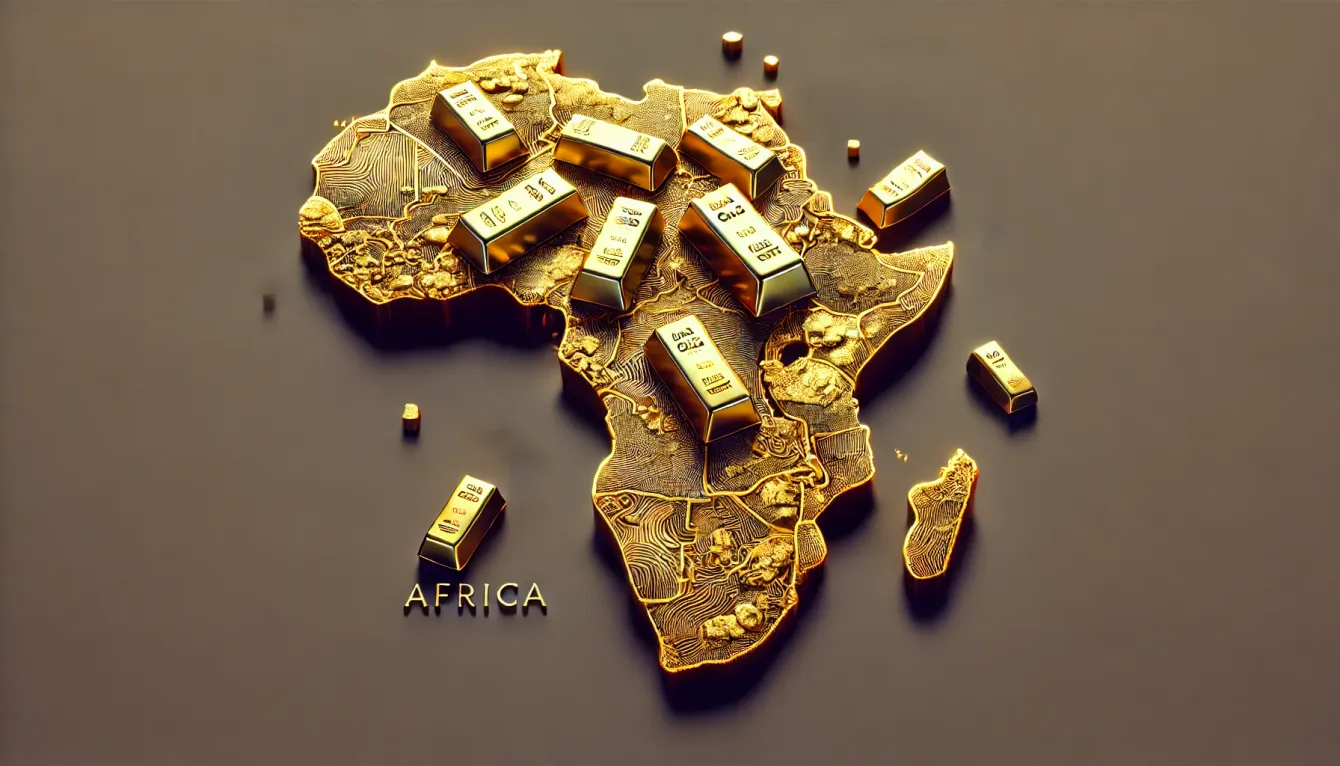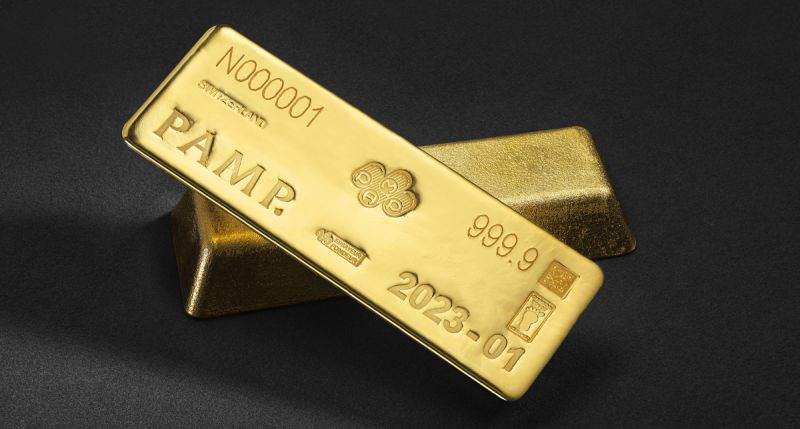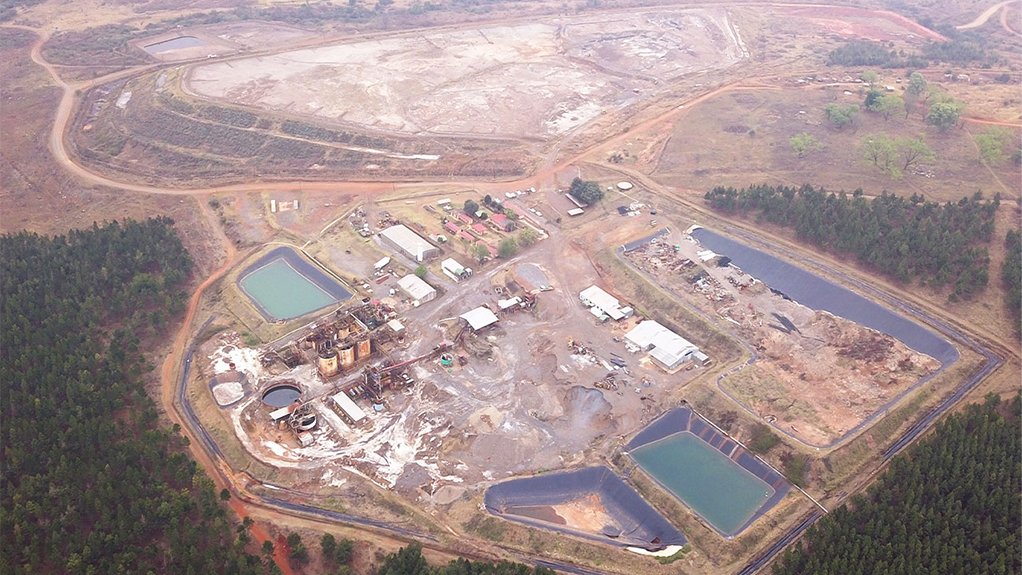Precious Metals

Barrick Mining, Desert Gold, Newmont: Triple gold turbo for your portfolio

Gold is experiencing an unprecedented triumph in 2025. As a crisis-resistant store of value, the precious metal is outshining turbulent markets and setting new records. Driven by geopolitical tensions, interest rate cuts, and a weak dollar, demand from central banks and private investors is rising exponentially. Analysts are predicting a “golden decade” with further upside potential – not a short-lived flash in the pan, but a sustained rally. Investors looking to capitalize on this momentum would do well to focus on key players like Barrick Mining, Desert Gold (TSXV:DAU), and Newmont.
This article is disseminated in partnership with Apaton Finance GmbH. It is intended to inform investors and should not be taken as a recommendation or financial advice.
Barrick Mining – Strong operations, clear risks: A status report
Barrick is on track to produce over 4.2 million ounces of gold in 2025. This is being driven by its high-performance mines in Africa and America. In Africa in particular, the Company is maintaining its presence despite challenging conditions, including significant investments in local economies. The billion-dollar Lumwana copper project in Zambia is proceeding according to plan and is expected to contribute significantly more to revenue in the future. Barrick is consistently expanding its copper division here to reduce its dependence on the price of gold. Projects like Reko Diq in Pakistan are also gearing up for development.
The figures are impressive, with revenue growth of almost 14% in the last quarter and earnings per share significantly above expectations. The balance sheet is robust with a net margin of 17.5%. The combined strategy of a dividend of approximately 2% and active share buybacks of USD 1 billion is attractive to shareholders. At the same time, Barrick is consistently reducing its debt burden. In terms of valuation, the Company remains attractive with a P/E ratio of 16, which is below the industry average.
The situation in Mali remains the biggest challenge. The important Loulo-Gounkoto mine has been shut down since January, which represents a significant loss for the 2025 production forecast. The Malian government has appointed an administrator and intends to continue operations independently. Barrick considers this to be illegal and has filed a lawsuit with the International Centre for Settlement of Investment Disputes (ICSID). The question is why only Barrick is struggling so much in Mali. This political uncertainty is currently overshadowing the positive operational and financial developments and is the key risk for investors to keep an eye on. The share price is currently USD 21.41.
Desert Gold – Two levers, one strategy
The wait is almost over. The Preliminary Economic Assessment (PEA) for its flagship SMSZ project in Mali is about to be published. The timing could hardly be better, as the key figures for the planned small-scale mine are likely to be convincing given the current gold prices. If the PEA gives the green light, Desert Gold (TSXV:DAU) intends to start production quickly. The goal is clear: to move from exploration to production within a few months. This would not only generate cash flow but also significantly enhance the Company’s overall profile. A positive study conclusion would be a strong catalyst.
At the same time, the Company has secured a second foothold with the Tiegba Gold project in Côte d’Ivoire. The deal is cleverly structured. For a manageable USD 450,000 plus shares, Desert Gold secures 90% of a promising, largely untouched property. The centerpiece is a massive 4.2 km x 2.1 km gold anomaly in the ground with striking concentrations, and that without any previous drilling. The Ivory Coast scores highly in terms of political stability and mining-friendly conditions, which diversifies the country risk compared to Mali. A lean, budgeted exploration program aims to define drill-ready targets within months.
The combination of both projects is strategically smart. The similar geology in Mali and Côte d’Ivoire allows the experienced team to leverage its expertise efficiently. While field work in Mali is on hold until October due to the rainy season, energy can be focused entirely on Tiegba. The anticipated PEA in Mali could serve as a proof of concept for low-cost, high-margin mining, adding further appeal to the Company’s overall narrative. With two promising assets in top regions, the chances are increasing that Desert Gold could soon attract attention as a regional acquisition target. The share is currently trading at CAD 0.08.
Newmont – Strong figures, but stumbling blocks ahead
Newmont’s second quarter shows a mixed picture. Gold production fell by 8% to around 1.48 million ounces. This is mainly due to the recent sales of mines in Canada, Australia, the US, and Ghana. However, sites such as Penasquito in Mexico, Cerro Negro in Argentina, and Cadia in Australia stand out positively, benefiting from better ore grades. Overall, with around 3.01 million ounces since the beginning of the year, the Company is on track to achieve its target of 5.9 million ounces in 2025. What is striking is the declining share of production from first-class mining regions (Tier 1), which has fallen from a previous 65% to just 44%.
The current total costs (AISC) of USD 1,593 per ounce in Q2 were encouragingly low and drove up the margin in view of the record gold price. However, this cost advantage proved to be deceptive. Newmont has postponed necessary investments, particularly maintenance investments, to the second half of the year. At the same time, lower ore grades are expected at key mines such as Cadia, Lihir, Ahafo South, and Penasquito later in the year. This combination of pent-up spending and more difficult production is likely to push costs up significantly in Q3 and Q4, likely to over USD 1,700 per ounce.
Despite the operational challenges, Newmont performed well financially—a record gold price and deferred spending led to strong free cash flow of USD 1.71 billion. The Company aggressively used this to buy back shares and has already completed over 90% of a USD 3 billion program. In parallel, a new program of the same size is underway. A serious incident at the non-producing Red Chris underground mine, in which three workers were fortunately rescued, underscores the inherent risks of the business. Newmont is also counting on copper as a growth driver for the future, but large new projects such as the planned block caving operation at Red Chris will take several more years to implement. The share is trading at USD 63.66, close to its annual high of USD 66.57.
The gold market will continue to have tailwinds in 2025. Barrick Mining is performing well operationally and financially, but is struggling with the government in Mali. Desert Gold is facing a decisive catalyst with the upcoming feasibility study for Mali and is diversifying skillfully with a new project in Ivory Coast.Newmont is generating strong cash flows and aggressively pursuing share buybacks, but faces significant cost pressure in the second half of the year.
Conflict of interest
Pursuant to §85 of the German Securities Trading Act (WpHG), we point out that Apaton Finance GmbH as well as partners, authors or employees of Apaton Finance GmbH (hereinafter referred to as “Relevant Persons”) may hold shares or other financial instruments of the aforementioned companies in the future or may bet on rising or falling prices and thus a conflict of interest may arise in the future. The Relevant Persons reserve the right to buy or sell shares or other financial instruments of the Company at any time (hereinafter each a “Transaction”). Transactions may, under certain circumstances, influence the respective price of the shares or other financial instruments of the Company.
In addition, Apaton Finance GmbH is active in the context of the preparation and publication of the reporting in paid contractual relationships.
For this reason, there is a concrete conflict of interest.
The above information on existing conflicts of interest applies to all types and forms of publication used by Apaton Finance GmbH for publications on companies.
Risk notice
Apaton Finance GmbH offers editors, agencies and companies the opportunity to publish commentaries, interviews, summaries, news and the like on news.financial. These contents are exclusively for the information of the readers and do not represent any call to action or recommendations, neither explicitly nor implicitly they are to be understood as an assurance of possible price developments. The contents do not replace individual expert investment advice and do not constitute an offer to sell the discussed share(s) or other financial instruments, nor an invitation to buy or sell such.
The content is expressly not a financial analysis, but a journalistic or advertising text. Readers or users who make investment decisions or carry out transactions on the basis of the information provided here do so entirely at their own risk. No contractual relationship is established between Apaton Finance GmbH and its readers or the users of its offers, as our information only refers to the company and not to the investment decision of the reader or user.
The acquisition of financial instruments involves high risks, which can lead to the total loss of the invested capital. The information published by Apaton Finance GmbH and its authors is based on careful research. Nevertheless, no liability is assumed for financial losses or a content-related guarantee for the topicality, correctness, appropriateness and completeness of the content provided here. Please also note our Terms of use.




